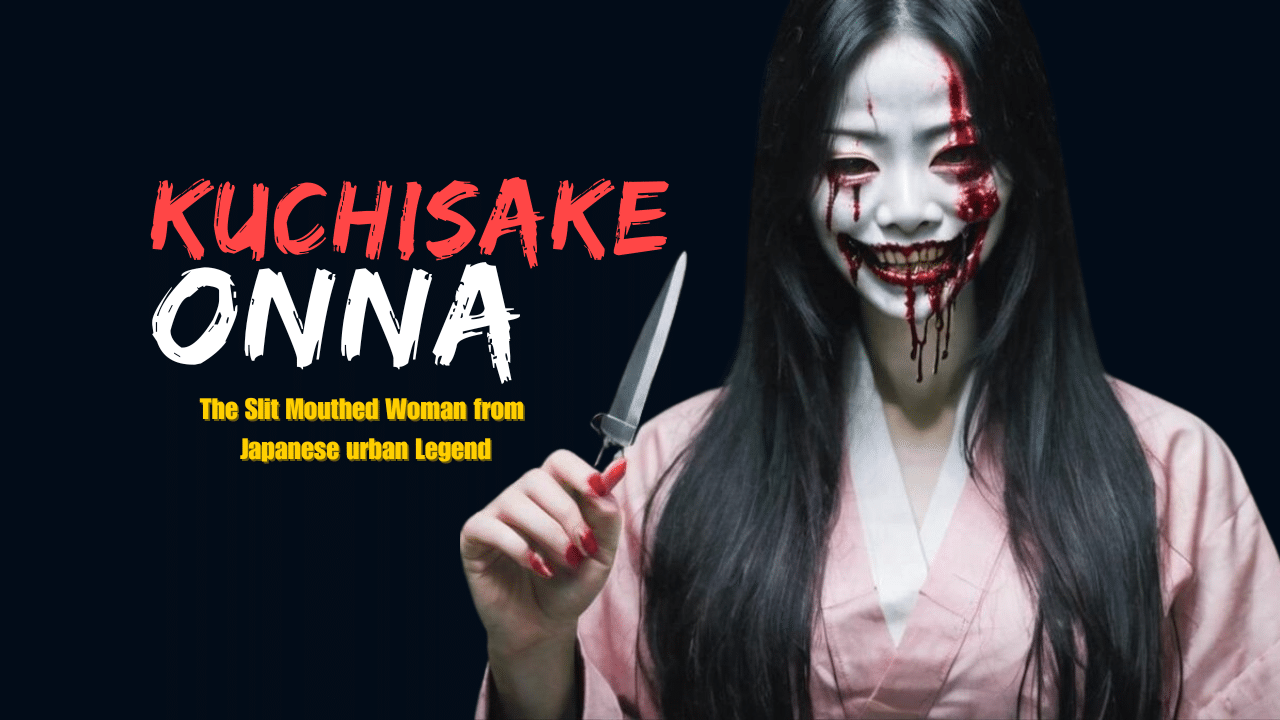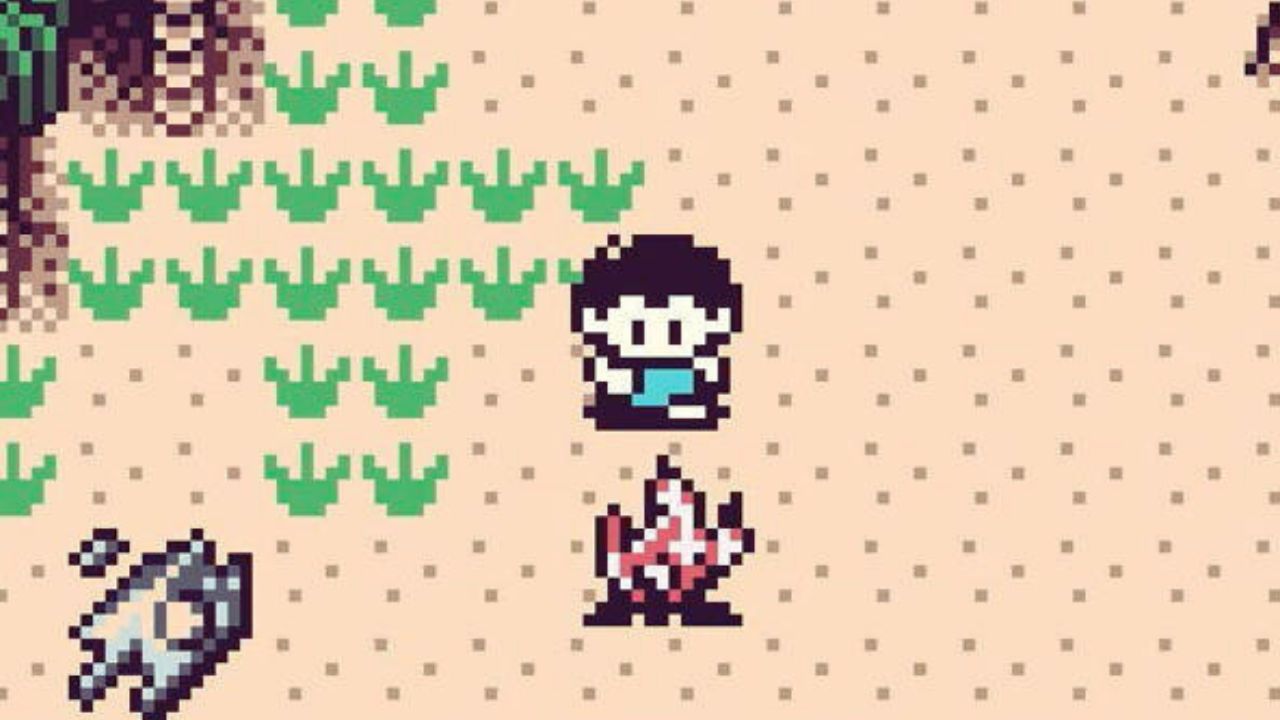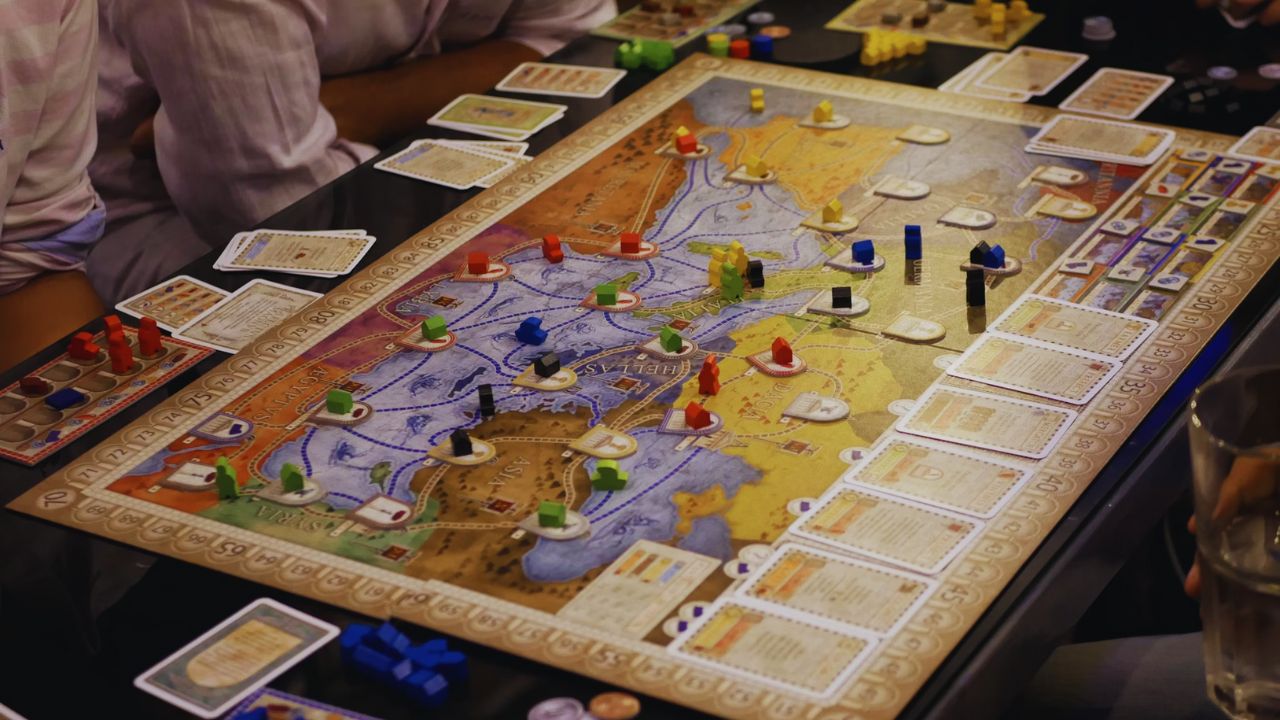Kuchisake onna, or “the slit-mouthed woman”, is an evil character in Japanese urban legends and folklore. Kuchisake onna is the spirit of a woman who was mutilated and returned to take revenge on the world.
Her name comes from a deep, bloody wound that runs across her face, smiling from ear to ear. She appears at night to lonely travelers on the road, covering her sullen mouth with a cloth mask, fan, or handkerchief.
In this article, I am trying to let you know about the history and origins of Kuchisake Onna. I will also let you know why this evil character fears everyone most. So, without further ado, let’s move on to the next section.
TL;DR
Kuchisake-onna is a famous Japanese urban legend about a woman with a slit mouth who asks people if she is beautiful. The legend has origins in the Edo period and gained popularity in the 1970s, causing widespread fear. According to legend, Kuchisake-onna is the vengeful spirit of a woman whose husband mutilated her or who passed away from a disease after abusing her children.
Kuchisake Onna [Did You Know]
Kuchisake-onna, a very popular figure in Japanese urban legends and folklore, was a very beautiful woman in a surgical mask, a horrifying stitch in horror or familiar among the Japanese. She preys on potential victims—children or young adults—and asks them, “Am I pretty?” (“Watashi, kirei?”).
For those who answer “yes,” she, in return, takes off her mask, showing an ugly cut mouth from ear to ear, and again asks, “How about now?” (“Kore demo?”). If a person answers “no,” she kills them with a pair of scissors; if they respond with “yes,” she cuts their mouth like her own.
The only way out of her situation is to give an answer that is ambiguous or confusing, like “you look average” or “so-so,” and then this will momentarily baffle her and let the victim flee. The origin of the Kuchisake-onna legend is unclear, but it has been a popular scary story in Japan since the 1970s, with variations in different regions. The story is popularly used to caution gullible children to be careful with strangers and to return home early in the evening.
Kuchisake Onna Biography [Could Be Real]
Long ago, during Japan’s feudal period, a young and beautiful woman lived happily with her samurai husband. She was, however, very vain, and one day, after meeting a younger and more attractive man, she secretly cheated on her husband. Enraged, the samurai drew his sword and mutilated her mouth from ear to ear, asking her, “Who will think you’re beautiful now?”
The woman died from her injuries or committed suicide as a result of the humiliating experience, and she later became a restless spirit, doomed to roam Earth for eternity. She hid behind the bushes as a vengeful spirit and stalked students walking home from school in the late afternoon.
When a gullible student hears rustling in the bushes, the woman appears in front of him/her and asks if she is beautiful or not. If the student said no, she immediately killed him/her with her large pair of scissors, but if the student said yes, she removed the surgical mask she frequently wore as a spirit and revealed her horrifying slit mouth.
The woman will then ask if he/she is beautiful now, and if the student continues to say no, she will cut them in half with her scissors. If the student says yes, the woman will mutilate his or her mouth from ear to ear with her scissors. While it is obvious that he/she will flee the situation, this is impossible because the woman will simply teleport in front of him/her.
Kuchisake-Onna Pronunciation and Meaning
When you can’t pronounce a word, it’s difficult to remember it. So let us begin there. Forvo.com is an excellent website for learning native word pronunciation. You can hear a native pronunciation of kuchisake-onna (Japanese) here. Normally, I’d make my own recording of this and upload it to YouTube, especially since I speak Japanese, but I’m in the process of moving, and my recording equipment is already packed. That pronunciation comes from forvo.com user cachegoismm.
In terms of spelling, Kanji contains a lot of meaning. Here’s a quick rundown of the word for this evil spirit. I’m going to simplify this to get to the point quickly and to avoid some linguistic nuances.
- 口 = “kuchi” meaning mouth
- 裂け = “sake” meaning split
- 女 = “onna” meaning woman
Apart from this, if you want to know about urban legends Hanako san and The Hookman, you can follow our Entertainment and Biography category, too.
The Origin of the Kuchisake Onna
This vengeful spirit appears to have two primary origins. The older of the two sources refers to Japan’s Edo period, which lasted from 1603 to 1868. Several Edo period stories depict a man meeting a beautiful woman whose face he cannot see. He attempts to speak to her, only to discover that her mouth has been slit open when she turns around. Sometimes she kills him, and other times she vanishes.
A woman wearing a surgical mask is a more modern interpretation. She will ask you if you think she is beautiful, and if you say yes, she will tear her mask off, revealing her slit mouth, and ask you again if she is beautiful. Of course, you die or suffer a horrific injury.
Kuchisake-onna is well-known throughout Japan. Everyone. In the 1970s, the story spread throughout Japan. It became such a phenomenon that parent-teacher associations stepped in to ensure that young children were escorted home from school by an adult so that the kuchisake-onna didn’t catch them.
History of Kuchisake Onna
When the Kuchisake onna legend unfolded in the late 1970s, the Japanese financial system was altering as households throughout the nation acquired the fundamental parts of city cultural life: televisions, vehicles, and telephones.
The time period “urban legend” got here to Japan by way of a 1988 translation of American folklorist Jan Harold Brunvand’s 1981 e-book The Vanishing Hitchhiker. The up-and-coming Japanese researchers who carried out the interpretation are stated to have needed to overturn the thought within the tutorial world that oral literature meant solely previous tales and legends and to open up the potential of investigating the gossip and rumors of the up-to-date metropolis.
Author and folklorist Matthew Meyer have described the legend of Kuchisake onna as dating back to Japan’s Edo period, which lasted from the 17th to the 19th century. In print, the legend of Kuchisake onna appeared at least as early as 1979.
The spirits of the dead, killed in particularly cruel ways—beaten wives, tortured prisoners, defeated enemies—often find no rest. Kuchisake onna is considered one such woman. However, during the Edo period, a large number of Kuchisake onna attacks were attributed to Kitsune, who changed uniforms and played pranks on young men. In the 20th century, people began to blame ghosts, serial killers, and simple mass hysteria. This led to an explosion in the number of Kuchisake onna cases throughout Japan.
Terrifying Facts About Kuchisake Onna
- A jealous or enraged man, frequently her husband, slit her mouth open from ear to ear.
- After dying from her injuries, she became an onryō, a vengeful ghost haunting the streets.
- She approaches people at night, asking if she is beautiful while wearing a surgical mask.
- If you say “yes,” she reveals her disfigured face and asks again. Wrong answers can lead to a deadly attack.
- Once she targets someone, escaping her is nearly impossible.
- Suggested ways to avoid her include giving ambiguous answers, offering candies, or throwing money, but these are not foolproof.
Kuchisake Onna Mystery from Other Urban Legends
Brunvand outlined the urban legend as a weird, however plausible, story in a city setting that’s stated to have occurred to a “good friend of a good friend.” A hitchhiker seems to be a ghost, for instance, or an escaped killer is hiding below the mattress. The motif of the phantom passenger dates again to the period of nineteenth-century hackney coaches; however, it tailored itself to the age of the auto, spurred on by the expansion of the mass media.
Individuals associated these tales with issues they’d heard from native newspaper and radio accounts; the tales took on native colors and particulars, touring throughout the entire United States.
Different widespread tales included the concept of touching the fundoshi, or loincloth, of the standard messenger character depicted at the time on Sagawa supply vans, which introduced happiness and a couple who rode in a ship collectively on Ueno Park’s Shinobazu Pond. You’ll want to break up. Magazines assembled these sorts of tales into options on urban legends.
In the meantime, the writers for these retailers labored to develop curiosity within the tales, comparable to when the journal Popteen launched the “human-faced canine.” This creature had the face of a middle-aged man and will communicate and chase after vehicles at speeds of over 100 kilometers an hour.
The Slit-Mouthed Woman Carved
The Kuchisake-onna was once a human mother who had a terrible cold and had to wear a surgical mask all the time. Her illness, however, was so stressful that she took it out on her three children, constantly abusing them to make it go away. Two of her children died as a result of their injuries, leaving only one child. The mother then handed her last child a large kitchen knife and instructed her to stab her neck because she didn’t want to kill him because of his injuries; she told him, “If you don’t kill me, you might end up like the others” (the “others” are the 2 children that died from their injuries).
He refused to kill her, and the mother became enraged as a result of his refusal. “You’ll end up like them!” she yelled, taking a large pair of scissors and preparing to stab him to death. However, the boy quickly slit her mouth from ear to ear with the kitchen knife in his hand before the scissors could stab him.
She died from blood loss, as a large amount of blood was lost. Her son quickly decided to conceal her body in the living room closet. The mother then went on to live as a vengeful spirit known as the Kuchisake-onna, who kidnaps children (at least three per day), tying them up in her basement and killing them there or slitting their mouths from ear to ear.
Takeaways
The legend of Kuchisake-onna has been a significant part of Japanese folklore and urban legends for decades. The story’s popularity in the 1970s led to widespread fear, with parent-teacher associations ensuring children were escorted home from school.
Kuchisake Onna’s presence in Japanese culture is a testament to the power of urban legends and their ability to capture the public’s imagination. The story serves as a cautionary tale, warning people to be wary of strangers and to return home early. Despite its horrifying nature, the legend of Kuchisake-onna continues to fascinate people, securing its place in the pantheon of Japanese urban legends.







































